Lloyds Building – A3+ Reproduction Giclee Print
About the Image
I wonder what the commissioning body thought when the plans for the Lloyds building were first seen? Is it a Steam engine? Without the moving parts? Whatever went on in that room the result is certainly unforgettable. Is there anything quite as shiny as the Lloyds building? Yes, there are a lot of glass buildings but glass doesn’t shine as much as stainless steel, especially when it’s in full sun.
It’s also known as the inside out building. Like the Pompidou Centre in Paris all the pipework is external. In fact, both buildings were designed by architect Richard Rogers (the latter with Renzo Piano) Many years ago I was talking to a Swedish friend who couldn’t understand what she called the English obsession with external plumbing. “You people think you live in the Mediterranean!” She was right of course, frozen pipes are a regular occurance in many UK houses. Sadly she moved and we lost touch but I often wonder what she would make of this building? The Lloyds building takes the whole “plumbing on the outside” to a completely new level and does so with style. National pride kicks in or maybe defensiveness. I don’t think we’re as bad as my Swedish friend made out, we do have some interior plumbing and lagging, of course. However, what I see in my airing cupboard is nothing like as impressive as what’s outside the Lloyds building.
I love to see how things work and with this industrial looking building there are no secrets. This industry may be insurance which for many is shrouded in mystery but those pipes are functional. It’s quite a veteran now being finished in the 1980’s but it still holds its own against its close neighbours The Cheesegrater and the Gherkin.
The original picture Lloyds Building was created in England in 2012. This is a digital print copy on A3+ watercolour paper.
How the original Painting was created
All copyrights are retained by the artist, and that the artwork cannot be reproduced without consent from Cathy Read.This is an A3 Giclee Print. The original picture was initially drawn with pencil onto watercolour paper. These lines were then drawn over using masking fluid and then painted using watercolour paint and acrylic ink. Salt was also used in the process and some of the ink blown around using a straw. Once the painting was dry the masking fluid was removed to reveal the finished painting.

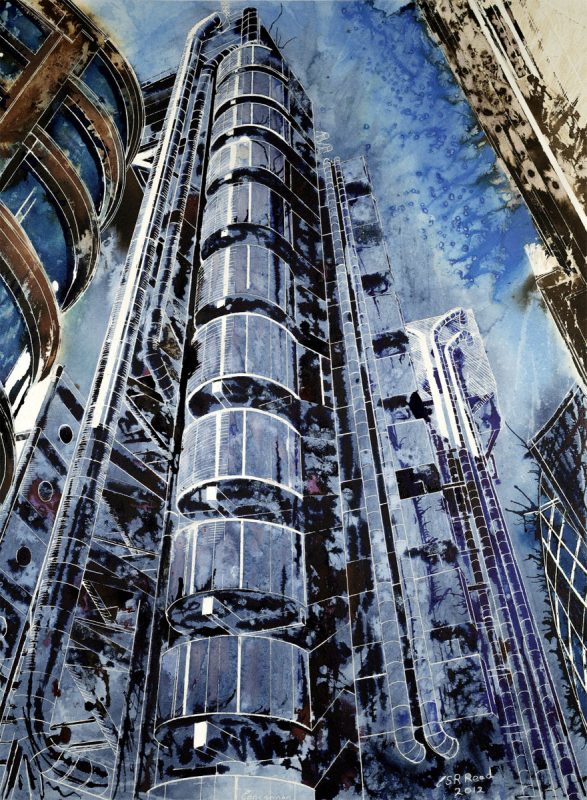

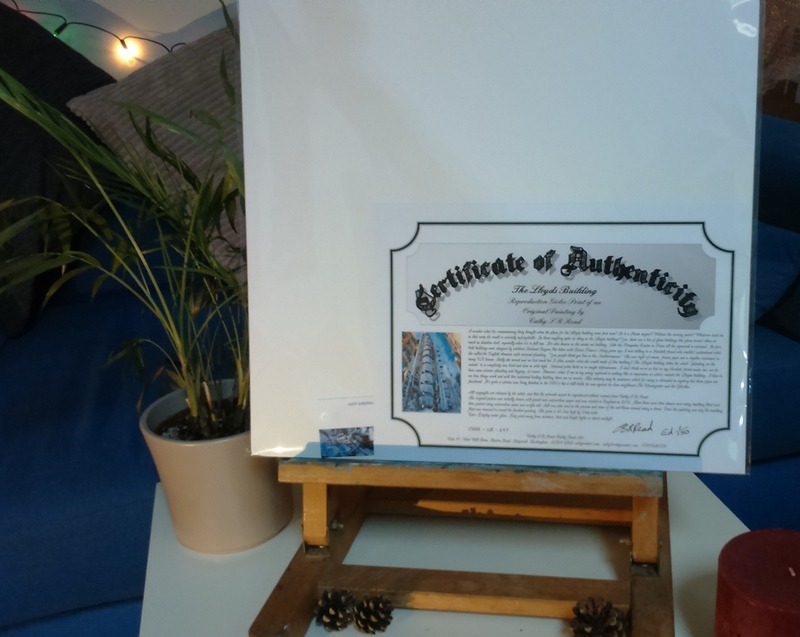
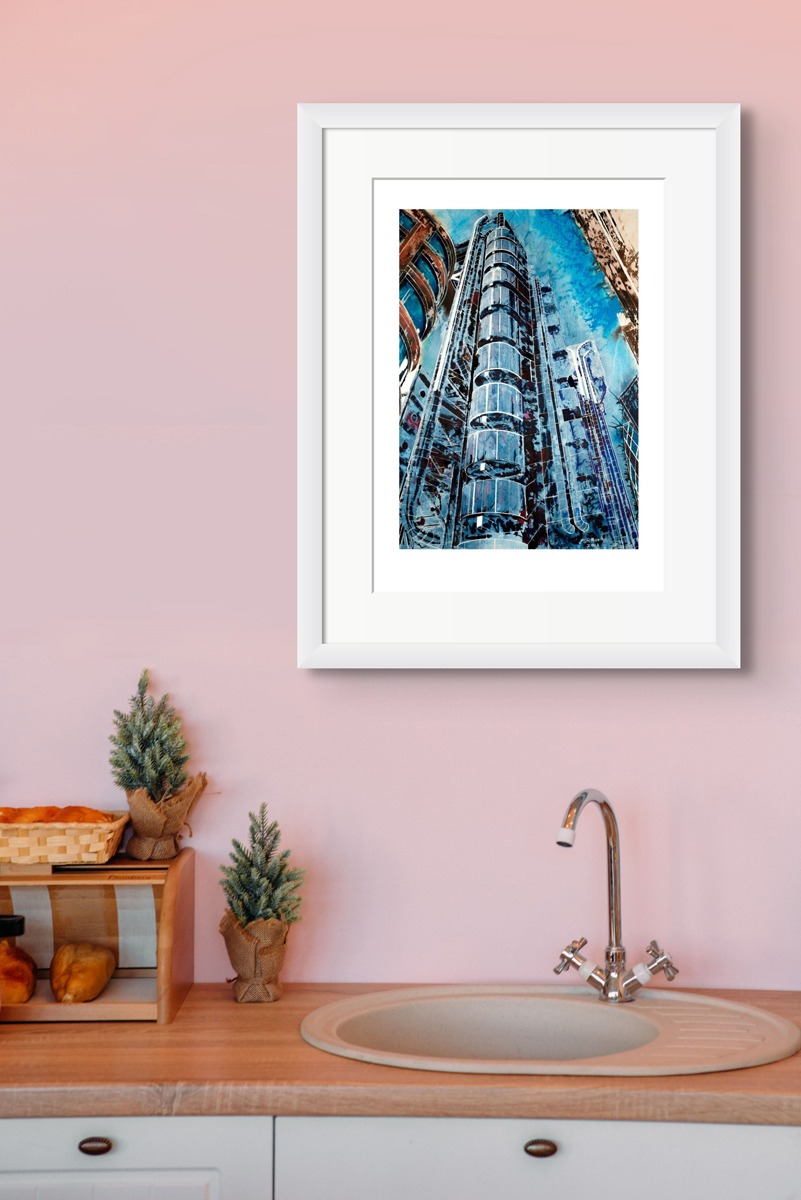
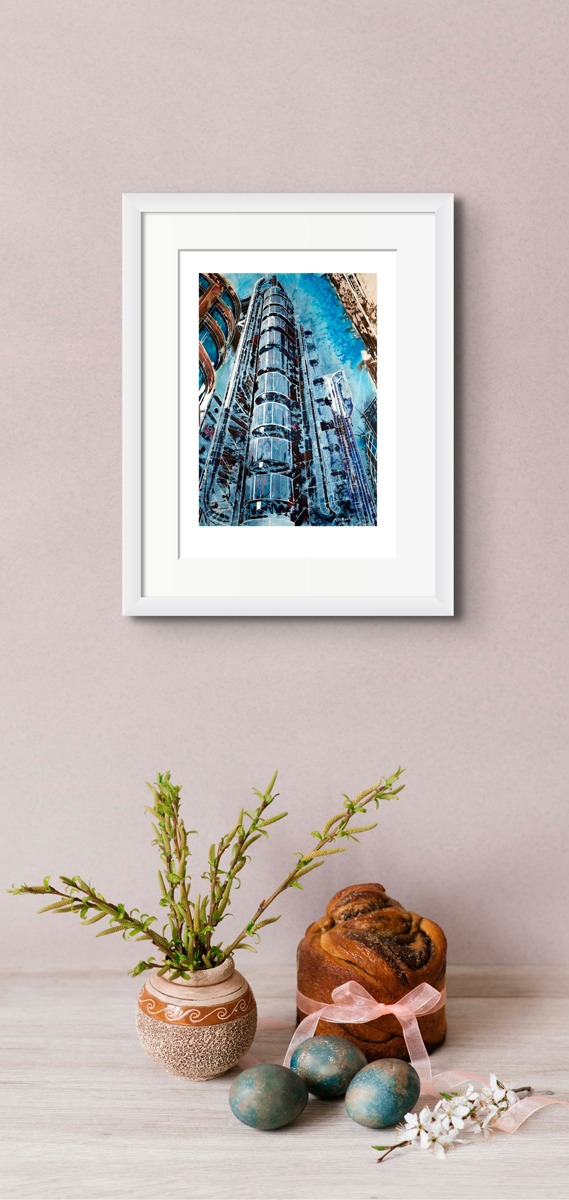

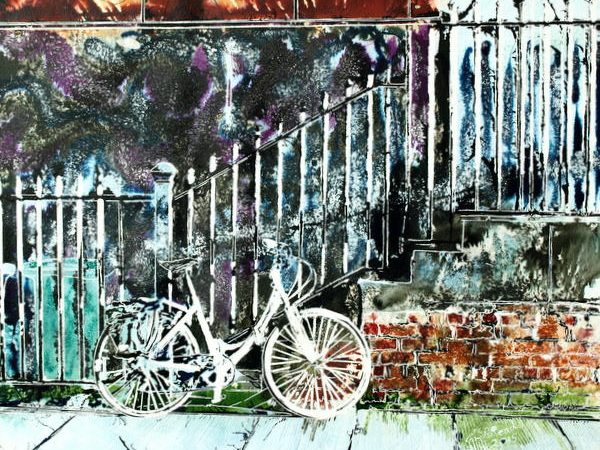
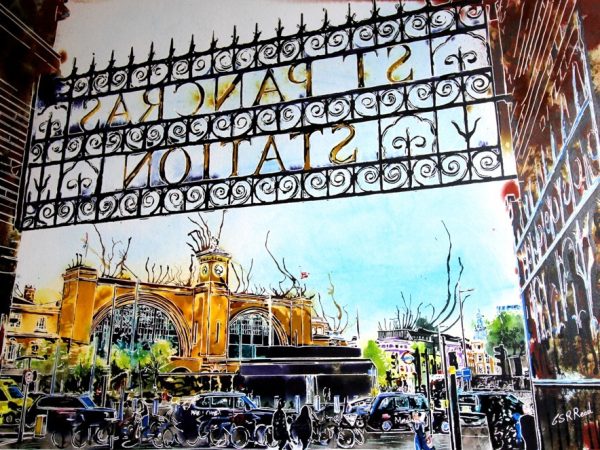
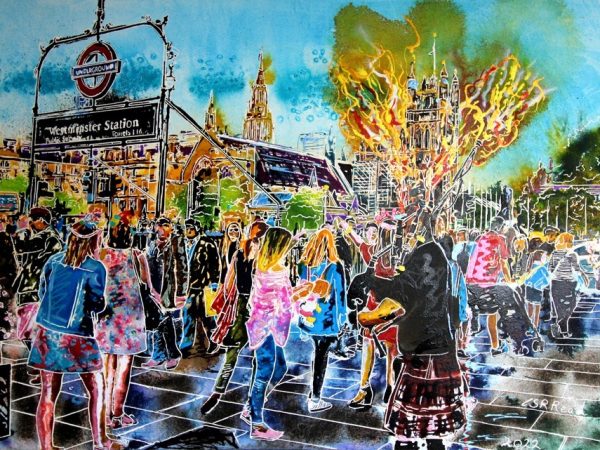
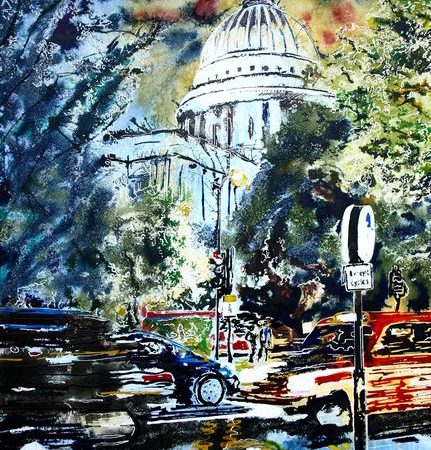
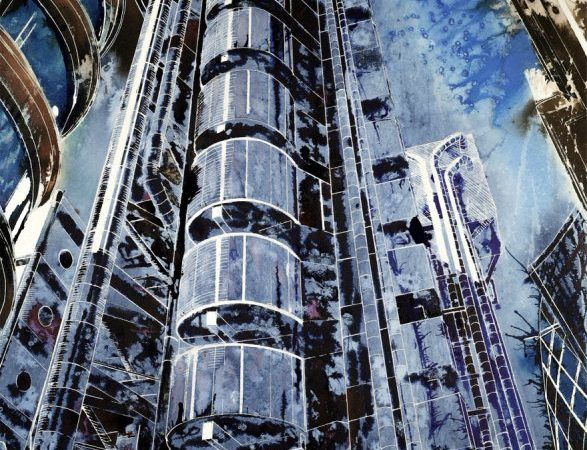
Reviews
There are no reviews yet.